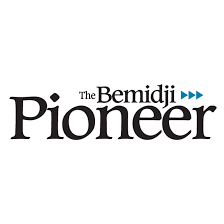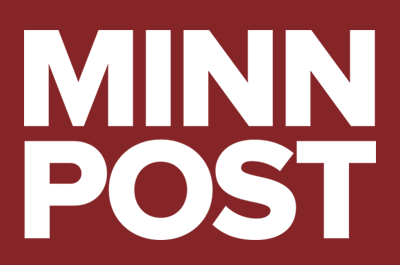Minnesota Attorney General Keith Ellison is urging the federal government to investigate the health risks of gas kitchen stoves, which have been linked to indoor air pollution and childhood asthma by peer-reviewed academic research and environmental groups.
“We’ve known for a very long time about the impact of NO2 on respiratory health, especially with outdoor pollution we’ve had data on for decades,” said Dr. Laalitha Surapaneni, an assistant professor at the University of Minnesota and a clinician at MHealth Fairview.
“Studies have found in smaller homes when there’s poor ventilation, when you start cooking, within minutes the levels [of pollutants] can get very high,” Surapaneni said.
Every school day, the health and wellness of hundreds of thousands of Minnesota’s K-12 students are put at risk. The culprit is harmful diesel emissions from the very school buses we trust to deliver our kids to and from school.
As a retired physician and career health professional, and as the parent of an asthmatic child, we are calling on the state Legislature to make a meaningful investment in the health and futures of our kids by creating a grant program to help schools across the state invest in electric school buses.
Across the country, we are already taking action because cleaning up climate pollution benefits the health of those in our care. We are starting by cleaning up our own house first. The U.S. health care system contributes 8-10% of the nation’s greenhouse gas emissions and produces a lot of waste. So, hospitals and clinics are switching to renewable energy, implementing energy efficiency measures and reducing trash,including here at Sanford Health in Bemidji.
Kathleen Schuler is with the nonprofit Health Professionals for a Healthy Climate. She says studies have linked PFAS to some health effects, including kidney and testicular cancer, thyroid disease, liver damage, and immune dysfunction.
“PFAS are referred to as forever chemicals, but they are also the everywhere chemicals.”
Diesel school buses are probably bad for our kids’ health, with studies suggesting the fumes to be a common cause of asthma. Could changing over to electric buses be the answer? Several states are driving in that direction, and Minnesota seems to be watching other states’ state-funded programs disappear into the distance.
…
Dr. Daniel Trajano, a retired physician and University of St. Thomas professor, added that New York has committed to a carbon-free school bus fleet by 2035 and passed legislation with an additional $500 million in state funding for electric school buses. But Trajano especially emphasized the health benefits.
“Every school day, hundreds of thousands of Minnesota schoolkids are exposed to harmful diesel emissions to and from schools,” Trajano said.
At this point, every one of us has experienced the impacts of climate change, whether it was the smoke from wildfires blanketing Minnesota last summer or the oppressive heat earlier this summer. We are all vulnerable to climate change harms, but the truth is some people are more vulnerable than others. And to build the kind of Minnesota in which we all thrive, we need to address these inequities.
A legally binding international climate treaty already exists. The 196 signatories of the 2015 Paris Climate Agreement pledged to limit global heating to 1.5 degrees C (2.7 F) compared to pre-industrial times. But the words “fossil fuels,” “coal,” “oil,” or “gas” never even appear in the Paris Agreement, and new fossil fuel infrastructure is still being greenlit across the world, locking us into future warming. Countries are already on track to produce 110% more fossil fuels by 2030 than would be compatible with a 1.5 degrees C warming scenario. The Fossil-Fuel Non-Proliferation Treaty targets the root cause of global climate change: fossil fuels. Its three foundational pillars also promise public health co-benefits.
As global temperatures have risen in recent decades, so have the number of outbreaks of infectious diseases. SARS, MERS, Zika, West Nile, COVID-19, and now clusters of monkeypox and polio have all recently threatened public health.
“The health impacts of climate change are here,” says Dr. Vishnu Laalitha Surapaneni, assistant professor of medicine at the University of Minnesota. “And they are affecting us right here, right now.”
In Minnesota, Health Professionals for a Healthy Climate, formed in 2015, brings together physicians, nurses and allied healthcare providers to add their voices to the public debate on clean energy and climate change. The thrust of the organization’s work is “education and activation,” says Brenna Doheny, PhD, MPH, executive director.
Several physicians, including the co-founders of the organization, share their thoughts on climate change and health—and the urgency of involvement.
Climate change has been cited as a cause for the increased frequency of some high-visibility disasters like forest fires, storms and floods. But its effects aren’t distributed evenly throughout the state’s population.
That’s according to multiple testifiers at Thursday’s meeting of the House Climate and Energy Finance and Policy Committee. Lower-income Minnesota residents and people of color tend to live closer to sources of pollution and have greater difficulty guarding against severe heat events, they said. And that means more illness and shorter life expectancy.
Kathleen Schuler, policy and finance director for Health Professionals for a Healthy Climate, suggested a carbon-free economy would go a long way toward bringing about climate justice.







